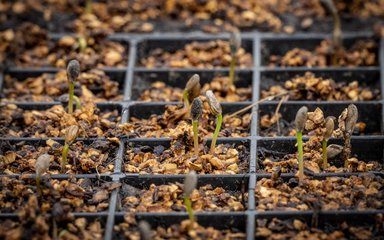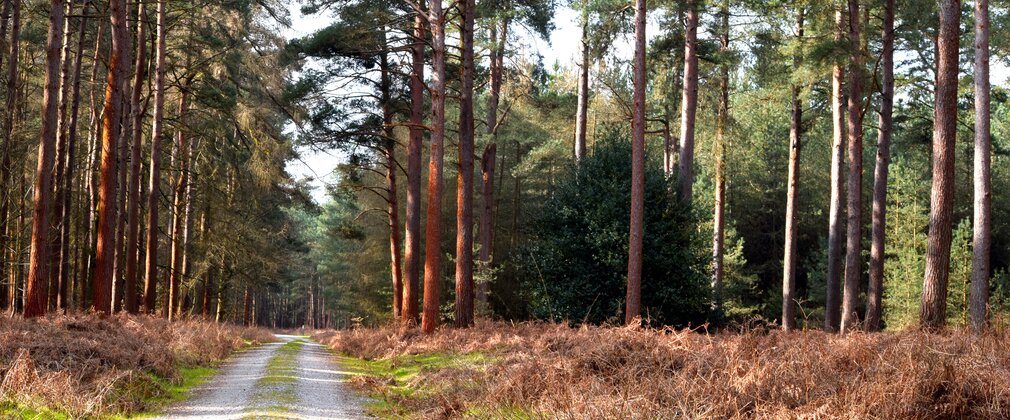Over 1.2 million tonnes of sustainably produced timber is sold from our forests each year and the total natural capital benefits that our forests and diverse landscapes bring to society are valued at £63.5 billion (Forestry Commission, 2024).
Healthy forests and woodland are key to tackling the climate and biodiversity emergencies, as well as providing a recreational resource for the benefit of society. However, our forests are facing rapid and unprecedented change. To ensure the continued and stable delivery of public benefits from the nation’s forests, they must be made resilient.
Forestry England’s mission is to provide high-quality forests for the benefit of the nation that are sustainably managed to increase their natural capital value over time.
The Thetford Forest Resilience Plan
This plan outlines Forestry England’s vision for a resilient Thetford Forest.

What is forest resilience?
Making forests more resilient involves addressing multiple threats to forest health and adapting forests to changing conditions. Climate change, biodiversity loss, pests and pathogens, and social pressures (e.g. recreation & development) pose significant challenges for forest management.
To ensure our forests have the best chance to thrive, we must adapt how we plan and manage them by:
- diversifying age, structure, species and genetic composition between forest stands and within them.
- selecting species and forest management systems that best suit conditions now and in the future.
- selecting species and forest management systems that reduce the risks of catastrophic impacts from pests and diseases.
Threats to UK forestry today
- new pests and diseases – impacts exacerbated by climate change.
- environmental conditions - high temperatures, frost damage, fire, wind damage, drought.
- human activity - development, pollution and visitor pressure.
- climate change - reduced water availability, longer periods of drought, increases in storm damage.
What challenges is Thetford Forest facing?
Low rainfall, risk of drought, low water holding capacity of soils and a mosaic of fairly extreme soil conditions present challenges for forest management at Thetford Forest. These factors place limitations on species selection and the choice of forest management system and can make establishing young trees particularly difficult.
The single species and even-aged forest stands that dominate Thetford Forest today increase its vulnerability. A business-as-usual approach is not sustainable and alternative species and management approaches are required to maintain a resilient forest into the future.


Our vision for Thetford Forest
Our vision is to create a multi-functional forest landscape that:
- delivers benefits to society.
- is resilient to future challenges.
- is exemplar of adaptive sustainable resource management.
Our strategy to achieve this
We plan to move away from single species and even-aged stands managed by clearfell and restock, to Low Impact Sylvicultural Systems (LISS). LISS management means an increase in the area of continuous cover forest, where an element of the canopy is retained to provide sheltered conditions for the establishment of young trees.
Such approaches create a more diverse forest ecosystem providing benefits for timber production and biodiversity.
We also plan to enhance the diversity, condition and connectivity of habitats within the forest. Key objectives include protecting and enhancing existing priority habitats, creating new permanent open habitat and enhancing woodland biodiversity.
To find out more about our long-term proposals please explore the Thetford Forest Resilience Project – Strategic Plan.

